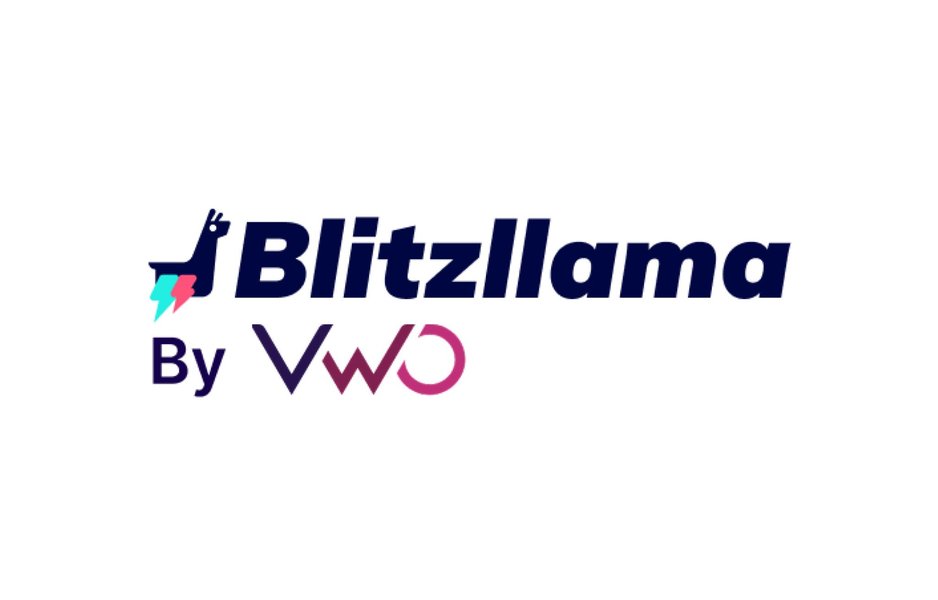This is a guest post by Ashley Poynter. Ashley is an avid content marketer and Chief Storyteller at Content Rewired.
When you first start out in content marketing, you are likely to put together a fairly rudimentary content calendar as a framework to guide your efforts. Depending on how sophisticated you are (and the size of your team and budget), this may be a very simplistic version of what a content calendar could look like.
Download Free: A/B Testing Guide
A simple content calendar is often sufficient for new content marketing programs. It can be an effective way to helm the content ship long as the basics are outlined:
– Topics/Titles
– Dates
– Channels for Publishing
As a content marketing program grows and matures, however, this basic framework may need an upgrade. This may happen as new initiatives come into play, as teams grow and governance becomes more complex, or as brand messaging evolves.
The Link Between Your Calendar & Strategy
One of the most important things to remember is that a content calendar should always map back to a content marketing strategy. Behind the foundation of the content you produce and promote should be documentation of your specific goals and the metrics you’ll measure to determine success.
If you don’t have a content marketing strategy, pause from reading this article. Reconvene with your team, map out a strategy, then resume reading from here.
In order to have an effective content calendar, you need a strategy that explicitly states key information:
– Why do you have a content marketing program?
– Who is your target audience?
– What is your unique content proposition?
– How will you distribute and promote your content?
– How will you measure success?
Once you have this information solidified, it becomes much easier to build out your content calendar in a meaningful way.
Next Level Content Requires a Next Level Content Calendar
The good news is that your content marketing program is growing and helping you reach your business objectives. The tough news is that, with this complexity comes a need to beef up your content calendar – and quite possibly, your entire process.
Don’t panic. There are plenty of content marketers that have gone before you down this path and have lived to tell the tale (and report back some neat hacks).
Below are some challenges and solutions that are common as content marketing programs mature.
1) Challenge: Information silos that hinder integrated approach across teams, from a global standpoint
Solution: One source of truth that can be filtered by teams, regardless of location
Nitty Gritty: While spreadsheets can be hugely effective to manage content marketing campaigns, things often get to a point where spreadsheets cause more headaches than they do ease them. Fortunately, there are plenty of calendaring tools that eliminate information silos and enable global insights for all teams. Some examples:
Trello – a Kanban-based calendar tool that allows users to create boards, lists, and cards for organization and prioritization of content and workflows.
Kapost – enterprise content calendar tool that helps manage the workflow of your content marketing from start to finish. Enables custom organization and search functionality via internal categories.
DivvyHQ – great tool for high-volume content marketing programs. This tool offers a straightforward dashboard of tasks. It also allows you to share calendars and has workflow management functionality.
The one thing most of these tools have in common is the ability to unify content campaigns in a single source of truth. There are no spreadsheet tabs to click on or separate workbooks to manage. Instead, everything has some type of dashboard view that is accessible by the teams that need it.
Download Free: A/B Testing Guide
2) Challenge: Incomplete content calendar does not include all critical information for creation, promotion, and repurposing
Solution: A robust dashboard that includes key information to streamline workflow through the lifecycle of content
Nitty Gritty: The starting point for many content marketing programs is a basic content calendar that includes content topics, publication dates, and a synopsis of what the topics will cover. While this is enough information to kick-start a basic program, there are significant gaps that inhibit the effectiveness of content marketing campaigns.
To support a fully-functioning content marketing program, consider a calendar that includes the following:
– Topic: should include a topic or headline and a brief synopsis of what the content will cover
– Owner: should include the owner of the content piece at each stage in the workflow, from the person responsible for ideating topics to the author/producer to the publicist/distribution expert.
– Publication date: should include the date (and time) of publication
– Status: should indicate status (not started, in draft, draft written, awaiting approval, in edits, final review, etc.)
– Media format: should indicate what type of media the content will be (blog post, video, audio, infographic, etc.)
– Channels/Distribution Network: should include a note about where and how the content will be distributed and promoted
– Persona: should include information about the target persona and a link to the corresponding persona for reference
– Funnel/Buyer’s Journey Stage: should indicate where in the funnel/buyer’s journey the content is meant to be aka the purpose of the content (drive awareness, increase education and engagement, to assist in the decision-making stage, etc.)
Process, Process, Process
Arguably, one of the most important aspects of the content calendar is workflow management. Depending on how content workflow is managed now, you may be due for an overhaul to your current system. What often happens is a large amount of communication happens via email or through disparate sources (email, Slack, Basecamp, etc.). At that rate, it can be very hard to have an accurate dashboard view of where things stand.
With a tool, teammates don’t have to worry about tracking down emails to see where something lies in the process. Alerts can be set up so each team member is aware when they have a task related to a piece of content due. Notes or comments on a piece of content can be viewed by everyone at every stage in the creation/editing process. It adds clarity from start to finish.
In Conclusion
The bottom line is that people need to understand any buy into whatever type of content calendar you use. After all, the calendar is only as good as the people behind it. Have a discussion with your team to discover and agree upon the best approach (and tool) for your organization. You may discover that a simple excel sheet free template (https://contentrewired.com/content-calendar/) works fine, or you may find out that you need a more sophisticated solution to track content and progress.





















